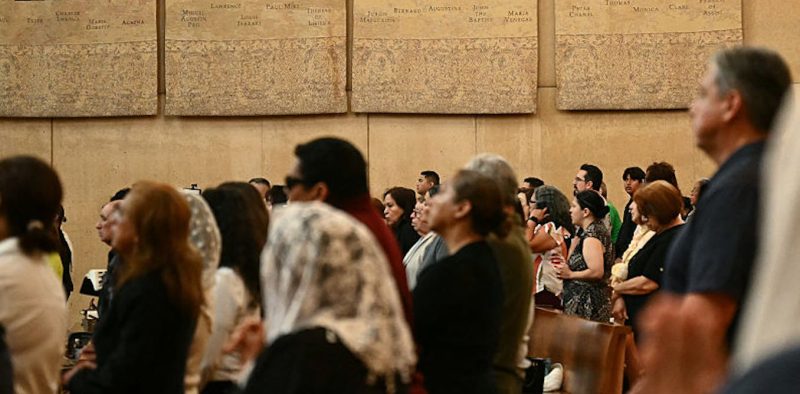
White smoke billowed from the Sistine Chapel on May 8th, 2025, signaling the election of Cardinal Robert Prevost as Pope Leo XIV – the first American pope. This historic moment, however, doesn’t mask the deep-seated challenges facing the Catholic Church in the United States. Decades of declining Mass attendance, shifting religious identities, and internal divisions paint a complex picture of a faith community at a crossroads.
Data reveals a stark reality. While nearly half of American Catholics considered faith paramount in 1987, that number has plummeted to just 37% today. The exodus is even more striking: The percentage of Americans raised Catholic who have since switched religions or abandoned faith entirely has nearly doubled since 1973. For every convert to Catholicism, 8.4 individuals leave the faith, a trend only partially offset by Catholic immigration. This leads to the sobering conclusion that the Church’s relatively stable share of the US population (around 20%) is largely maintained by immigration.
The challenges extend beyond simple disaffiliation. The ongoing fallout from the sexual abuse crisis, coupled with a diminishing influence of bishops on lay Catholics’ lives, further complicates the situation. While the Church has attempted minor adjustments like encouraging family-friendly parishes, these haven’t stemmed the tide of declining participation.
The rise of “cultural Catholics” – those attending Mass less than once a month – presents another significant concern. While comprising 53% of US Catholics, they maintain some connection to Catholic teachings, often valuing social justice, Marian devotion, and prayer. However, their loose connection to parish life and their limited engagement in sacraments beyond baptism, First Communion, and Confirmation worry Church leaders. The question remains: what does it mean for future generations if this tenuous link to the faith persists?
Perhaps the most pressing challenge is internal factionalism. While a significant portion of active Catholics (20%) demonstrate high commitment and exhibit less political polarization, there are vocal and increasingly militant factions within the Church. These groups, though small in number, have actively tried to influence the Church’s direction, often resisting what they see as liberal reforms. Adding further complexity, young adult Catholics are divided, with some drawn to more traditional parishes while others favor a more open approach.
The diversity of American Catholicism is often overlooked. Many associate the faith with specific issues (abortion, same-sex marriage), failing to appreciate the vast spectrum of beliefs, practices, and ethnicities within the Church. Recognizing and fostering unity across this diverse population will be crucial for the future of Catholicism in the United States under the leadership of Pope Leo XIV.
The election of the first American pope is undoubtedly a significant event. But the true test for the Church lies not in symbolism, but in its ability to address the deep-seated issues that threaten its future in the United States. The path ahead is undeniably challenging, and the next chapter for American Catholicism remains unwritten.









